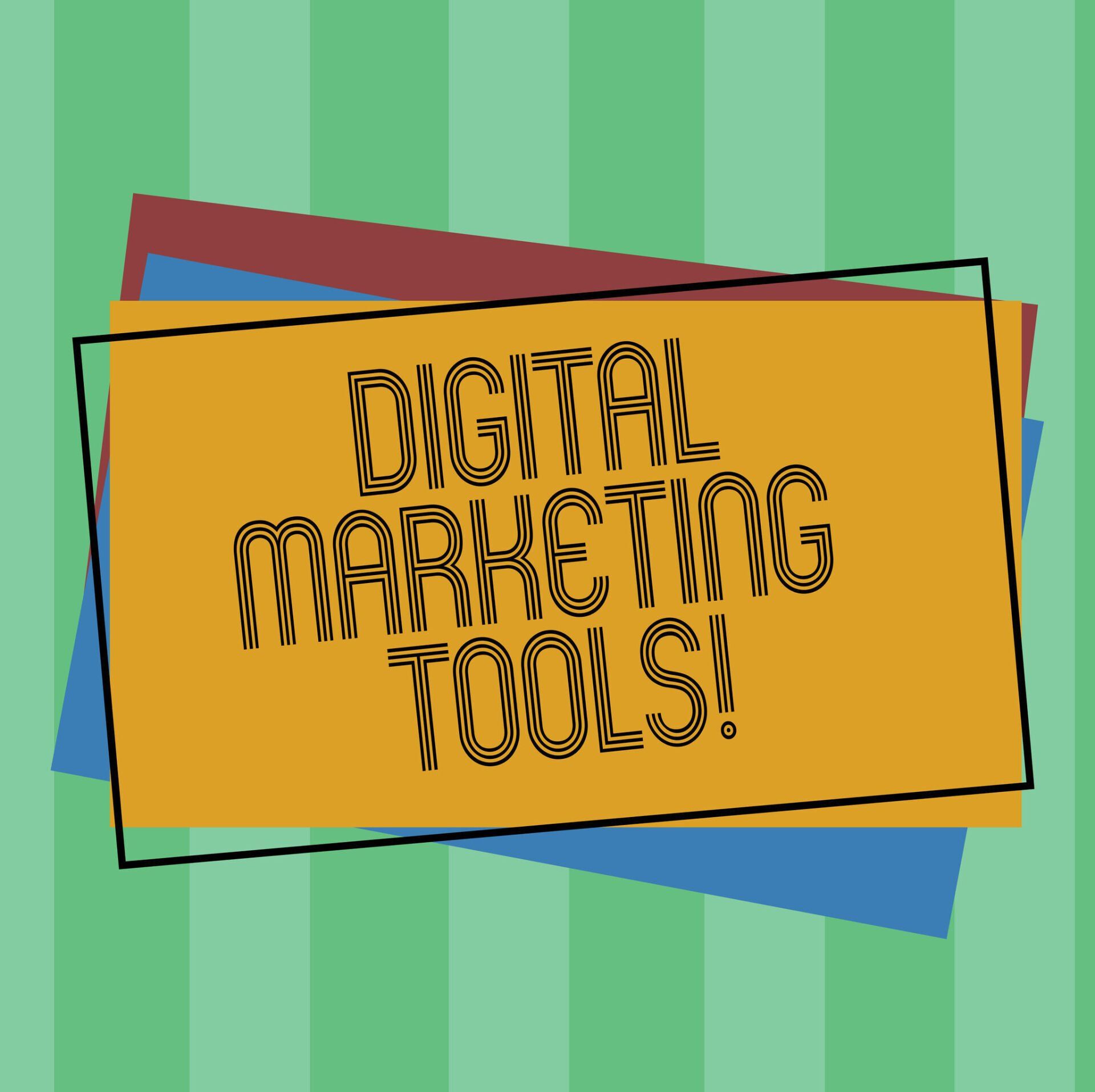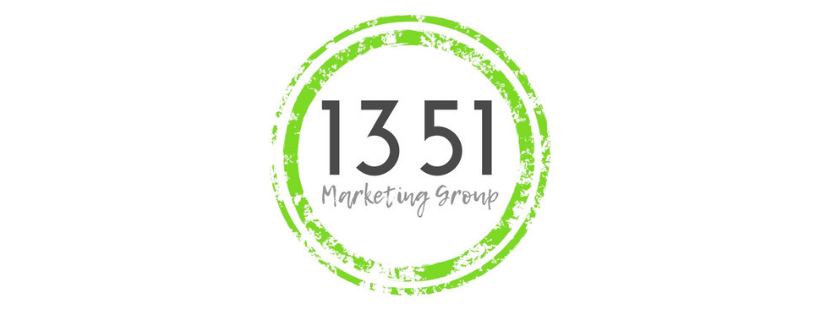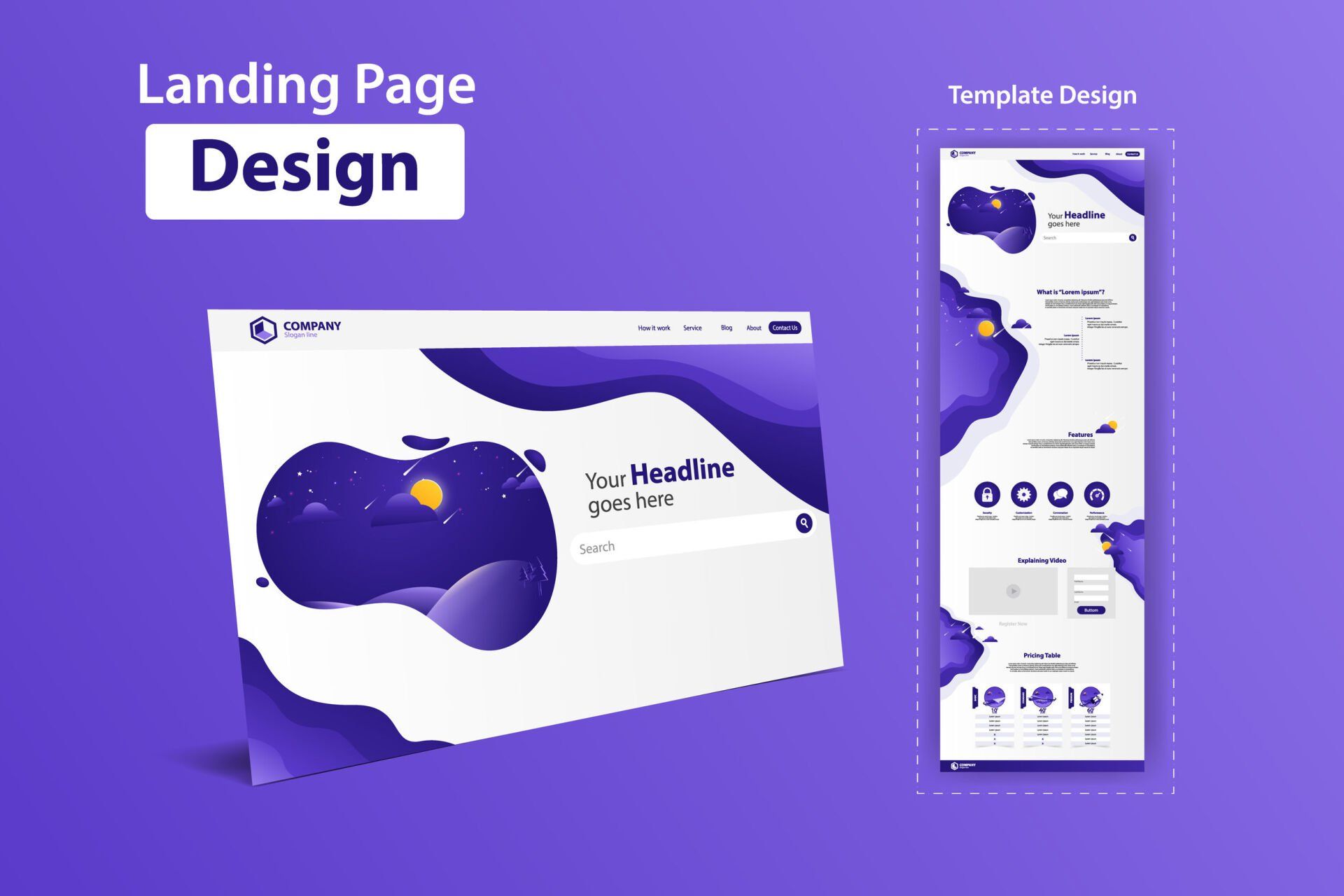What is SEO?
Let Google and Bing Find Your Site

Your website and its message for your audience may be of top quality and well-written, but your intended viewers may not see this content without optimized content for searches. This is where search engine optimization steps in. It helps search engines like Google and Bing find your site and move it toward the top of the search results. Learn about how to make your website content discoverable and increase the number and quality of sales leads.
What Is Search Engine Optimization (SEO)?
Search engine optimization is a practice that improves online search results. It gives your website three things:
- High-quality traffic: visitors who are looking for what your site offers.
- High quantity traffic: better search engine results mean more people will be finding your site.
- Cost-free traffic: known as organic traffic, is sent to your site without purchasing ads that appear in search results.
Search results are obtained by the search engine’s bot or crawler, gathering information on the Internet and indexing the results. An algorithm matches the gathered data with the searcher’s query. The algorithm, or set of rules for calculating, depends on the quality linking of pages, keywords, relevant content, readability, and other factors.
Optimizing those organic results means making the sites and their content easy for search engines to understand the content being scoured, as well as easy for the searchers themselves to understand. Behind-the-scenes coding of website text can contain tags for titles and keywords and metadata (behind the scenes information about a website). Relevant internal links to pages within your website also optimize search engines to find your site.
How Do You Optimize Your Site?
Optimizing a site begins at the foundation, using an SEO-friendly domain name and carefully linking internal pages using best practices. From that foundation, optimizing a website requires writing SEO-friendly content that uses keywords and behind-the-scenes markup.
Online technology is ever-changing, and SEO is no exception. Changes to algorithms used in search engines lead to changes in how websites are best designed to optimize search result success.
How To Determine If Your Site is Optimized
While behind-the-scenes website structure, metadata, and coding is a vital part of a web-optimized site and is quite complicated, there are other ways to determine whether your website has characteristics that make it easy for searchers to find.
Consider possible identifying terms or keywords you believe search engine users would likely use. Think about what prospective customers may be interested in, what problems they may want to solve, and where they may be purchasing or looking for products or services.
You should create a list of potential keywords and phrases and review similar websites and sites of competitors. If your website is live, you may be able to lookup keyword data from search engine traffic that’s directed to your site already.
What’s the First Step Toward Optimization?
If your website is already built, you can begin by updating the content to focus on targeted keywords and a variety of related terms. Make sure every page of your website has a targeted keyword to drive traffic to that page.
While targeting the wording is high on the list of ways to optimize a website, there are several other ways to increase traffic to your site:
- Ensure it has a responsive design to work well with multiple devices, screen sizes, and browsers. It should render well on phones, tablets, and laptops.
- Websites and pages should be easy to like and share on social media.
- The website layout should be clear and easy to navigate.
Search engine optimization can be very complicated and require behind-the-scenes modification to website coding and design modification. SEO is much more than what websites look like on the screen or a phone. Contact 1351 Marketing Group to ensure your website has the best SEO possible to bring targeted traffic your way.










